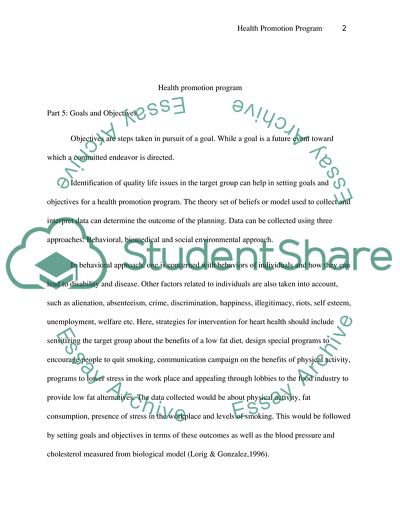Cite this document
(Health Promotion Program Coursework Example | Topics and Well Written Essays - 1750 words - 1, n.d.)
Health Promotion Program Coursework Example | Topics and Well Written Essays - 1750 words - 1. https://studentshare.org/health-sciences-medicine/1762285-health-promotion-program
Health Promotion Program Coursework Example | Topics and Well Written Essays - 1750 words - 1. https://studentshare.org/health-sciences-medicine/1762285-health-promotion-program
(Health Promotion Program Coursework Example | Topics and Well Written Essays - 1750 Words - 1)
Health Promotion Program Coursework Example | Topics and Well Written Essays - 1750 Words - 1. https://studentshare.org/health-sciences-medicine/1762285-health-promotion-program.
Health Promotion Program Coursework Example | Topics and Well Written Essays - 1750 Words - 1. https://studentshare.org/health-sciences-medicine/1762285-health-promotion-program.
“Health Promotion Program Coursework Example | Topics and Well Written Essays - 1750 Words - 1”. https://studentshare.org/health-sciences-medicine/1762285-health-promotion-program.


